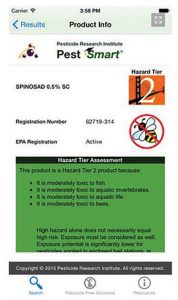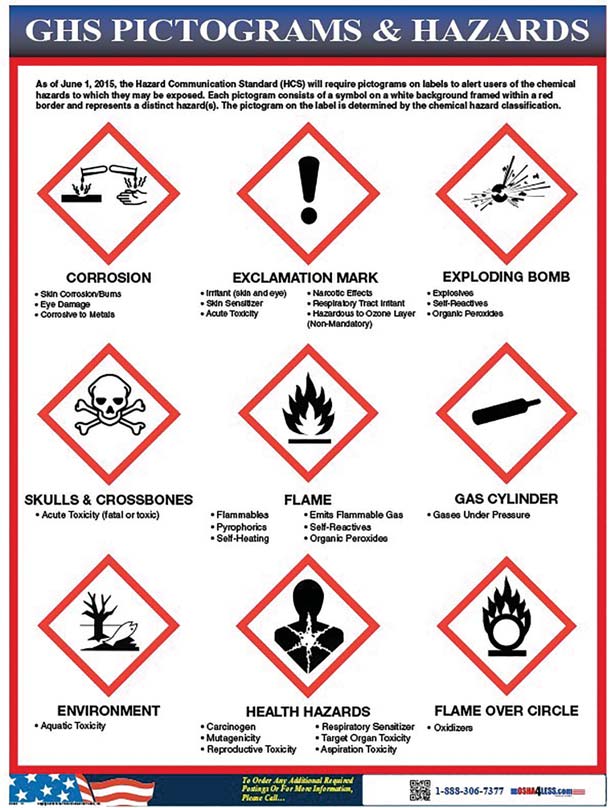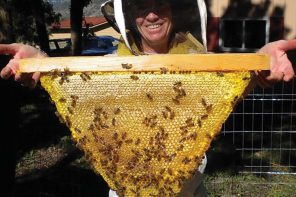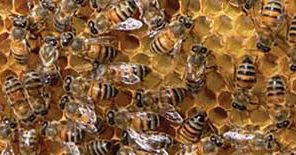By: Michele Colopy
Last year at a state beekeeping conference an academic researcher discussing bee health stated “glyphosate does not harm bees.” When questioned by a beekeeper pointing out the loss of forage, and the findings of glyphosate in honey and the impact upon the bee’s gut microbiome, the researcher said they misspoke and meant to say “neonicotinoids do not kill bees.” Why would an academic researcher state such misinformation about plentiful and peer reviewed research about both pesticides? The label for neonicotinoid pesticides clearly states it is a bee toxic pesticide.
I was challenged by a university Extension agent who claimed he had not read any pesticide label that states bees die from pesticides. He questioned the “labels” I was reading, and even stated the Safety Data Sheets for pesticides do not contain information about the toxicity to non-target organisms. Safety Data Sheets are compiled by the manufacturer and reflect the research they conducted relating to the impact upon non-target organisms from their pesticide. For what reason, then, would an Extension agent promote ignorance about Safety Data Sheets? This kind of misinformation, their agent’s pretense, puts into question the veracity of academics and Extension agents.

Let’s examine the labels. The pesticide manufacturer must create a label, under the guidance of the EPA, which becomes federal law. The National Pesticide Information Center provides important information on pesticides. If you can’t get to your computer, there are phone apps to provide you with vital information about pesticides:
- Gateway on Pesticide Hazards and Safe Pest Management https://www.beyondpesticides.org/resources/pesticide-gateway
- Pest Smart app https://www.pesticideresearch.com/site/overview/tools/pri-pesticide-product-evaluator-app/
- Pesticide Applicator apps https://pested.osu.edu/PrivateApplicator/apps
- National Pesticide Information Center apps http://npic.orst.edu/webapps.html
- Spraying of Pesticides app https://phys.org/news/2012-11-insecticide-app.html
- Safety Data Sheets free online search https://chemicalsafety.com/sds-search/
If you really want to startle yourself about the risks of using pesticides, read the directions for washing the clothes you wore when applying a pesticide https://ag.umass.edu/fruit/ne-small-fruit-management-guide/appendices/tips-for-laundering-pesticide-contaminated-clothing
Read the labels before you buy; especially before you use any pesticide: outside of your hives, and, inside of your hives. The purpose of a pesticide is to kill. Understand the impact of pesticides to the health of your bees. Be knowledgeable and pro-active to protect your bees and yourself.
As beekeepers working to protect our bees and native pollinators we must advise researchers and Extension agents when they talk out of turn about pesticides. We must question pesticide applicators and others when they mix a fungicide with an insect growth regulator: bees are insects too! As beekeepers we must work with our growers and pesticide applicators to read pesticide labels, understand the research showing new chemistry is created, thereby increasing toxicities when pesticides are mixed together.
The impact of pesticides to our bees is not from insecticides alone; nor is it from herbicides decimating pollinator food sources and a bees’ gut microbiome. The true harm happens when we ignore science, when field observation is ignored, when the farmer and beekeeper stare at a hive filled with dead, dying, and quivering honey bees and the cycle is repeated the next year, in the same field, with the same crop, with new hives (if the beekeeper is still in business). Researchers, Extension agents, and beekeepers must acknowledge what research tells us about the impact of pesticides to beneficial insects and plants.
Ignorance is the lack of knowledge or information; pretense is a claim “made or implied, not supported by fact.” Ignorance and pretense can both be remedied by fact and science. Get the facts, implement the science, protect your bees.









